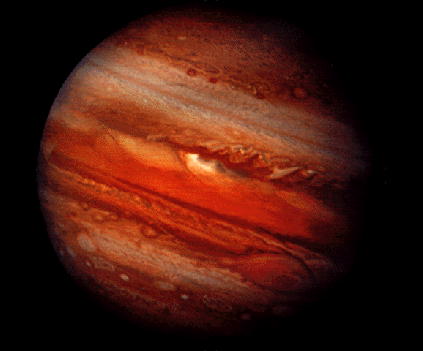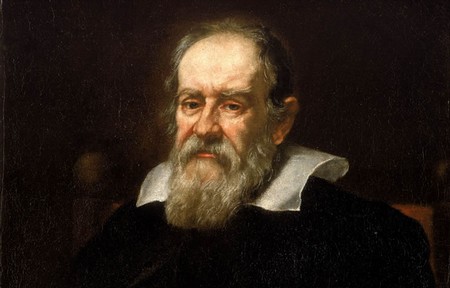2
2009
Who Discovered Jupiter
Planet Jupiter has been very popular since the olden times. It is very visible to the naked eye because of its gigantic size. The Romans named the planet after Jupiter or Jove, the god of lightning. Jupiter’s symbol is a lightning bolt.
Jupiter in the East and West
In Asia, the Chinese, Japanese, Korean, and Vietnamese refer to Jupiter as the wood star. This belief is based on the Chinese Five Elements. In the Vedas of India, Hindu astrologers call the planet as Brihaspati, or guru. In the Hindi language, Thursday is considered as Guruvaar, the day of Jupiter. In English, Thursday is referred to Thor’s day, a reference to Thor, the Nordic god of thunder.

Who discovered Jupiter’s satellites
Galileo Galilei first discovered Jupiter’s four largest moons: Europa, Io, Callisto, and Ganymede. He was able to do that with the help of a telescope. It was the first observation of moons other than Earth’s. Galileo Galilei was also the first to discover movements in space that were not centered on Earth. He proved Copernicus’s theory that the sun is at the center of the solar system.
Jupiter’s fifth moon was observed by E.E. Barnard in 1892. He used a 36-inch refractor at an observatory in California. Jupiter’s fifth moon was named Amalthea.
Seen from the Earth, Jupiter can reach an apparent magnitude of -2.8. Because of that, Jupiter is the third brightest object in the sky at night. At certain points in its orbit Mars can be brighter than Jupiter.

The largest planet
Jupiter’s diameter is 88, 846 miles. That is about 142, 984 kilometers. Jupiter is more than 11 times the size of Earth and one-tenth of the sun. It takes 1, 000 Earths to fill up Jupiter’s volume. It is no surprise that Jupiter is the largest planet in the solar system. Jupiter is around 4833, 780, 000 miles from the sun.
Jupiter’s profile
There is little or no solid surface on Jupiter. Jupiter is a giant sphere of liquid and gas. All of Jupiter’s surface is made up of thick brown-red, white, and yellow clouds. The clouds are aligned in dull-colored sections called zones. Jupiter’s darker regions are called belts. They run around the planet parallel to the equator.
In spite its size, Jupiter rotates faster than many other planets. It spins on its axis close to 10 hours. Because of that, has a bulge at its equator and appear flat at its opposite poles.
Jupiter is 318 times heavier than planet Earth. While it is massive, its density is fairly low. Experts believe the planet is full of helium and hydrogen. It has a density slight above than that of water (1.33 grams). The density of Jupiter is about 1/4 that of Earth. Jupiter’s atmosphere has chemicals that ar possibly found in the sun. Jupiter’s gravity is twice as strong as Earth’s.
Jupiter’s satellites
Jupiter has 16 satellites in all. Each is as big as 6 miles or 10 kilometers in diameter. Jupiter has smaller satellites, too.
Meanwhile, Io hosts active volcanoes full of gases and sulfur. Io’s surface is mainly made up of sulfur. Europa, the smallest satellite at 1, 945 miles (3, 130 kilometers), has a fine and icy surface. Jupiter’s largest satellite is Ganymede (3, 273 miles). It is bigger than Mercury. Callisto (2, 986 miles) is a bit smaller than Mercury. Ganymede and Callisto are made up of rocky substances and ice. They are also full of big craters.

 An article by
An article by 




